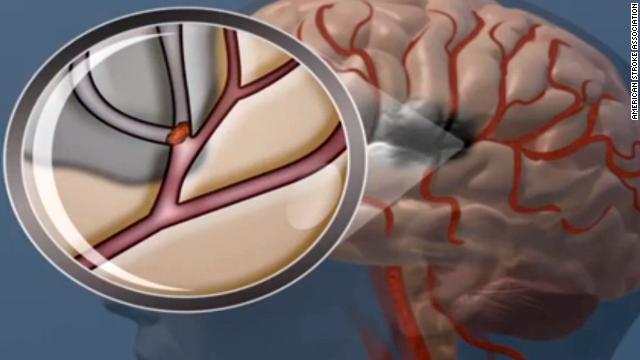Stroke Explained
Recognising Stroke: An Unexpected Danger to the Brain
A stroke, sometimes known as a “brain attack,” is a medical emergency that happens when there is a disruption in blood flow to a portion of the brain. This disruption can result in brain cell injury and possible long-term repercussions from either an ischemic stroke or a hemorrhagic stroke. Stroke is a key contributor to disability and the second leading cause of death worldwide. This blog post delves into the fundamentals of stroke, giving a synopsis of its types, definition, and possible outcomes.
Table of Contents

A stroke: What is it?
Stroke Explained
When blood flow to a portion of the brain is disrupted, a stroke occurs. The bloodstream’s continuous delivery of glucose, or blood sugar, and oxygen to the brain is essential. Within minutes after cutting off this supply, brain cells start to die. Because different parts of the brain govern different functions, the location and size of the afflicted area determine how severe a stroke is.
Different Stroke Types:
Stroke Explained
- Ischemic Stroke (87% of strokes): The most frequent type of stroke, accounting for 87% of cases, is an ischemic stroke, which is brought on by a blood clot obstructing a brain artery. Atherosclerosis, or plaque accumulation in the arteries, and dislodged clots from other parts of the body can also cause clots to form.
- Hemorrhagic Stroke (13% of strokes): One third of strokes are hemorrhagic strokes, which happen when a brain artery that is weaker than usual breaks, resulting in internal bleeding within the brain tissue. One of the main risk factors for hemorrhagic strokes is high blood pressure.
Signs and symptoms of a stroke:
Stroke Explained
It’s critical to recognise the warning signs and symptoms of a stroke in order to seek emergency care. Among them are:
- Unexpected numbness or weakness in the arm, leg, or face, frequently on one side of the body
- Having trouble speaking or speaking slowly
- Sudden confusion or difficulty understanding speech
- issues with one or both eyes’ vision
- intense headache without apparent cause
- lightheadedness or unsteadiness
Time is Brain: The Importance of Prompt Action
Stroke Explained
There is a higher chance of irreversible brain damage the longer a stroke is left untreated. The proverb “Time is brain” highlights how crucial it is to get medical help right away if you think you may be having a stroke. The likelihood of recovery is greatly increased and potential long-term problems are decreased with early treatment.
Possible Repercussions of a Stroke:
Stroke Explained
The location and extent of the brain injury determine the effects of a stroke. These may consist of:
- Having weakness or paralysis on one side of the body
- difficulty swallowing or speaking
- issues with vision
- Cognitive deficits or memory loss
- emotional issues such as anxiety or despair
Having a stroke:
Stroke Explained
A comprehensive strategy including rehabilitation therapies including physical, occupational, and speech therapy is necessary for recovery following a stroke. Through the restoration of lost skills and talents, these therapies enhance patients’ independence and quality of life.
In summary:
Stroke Explained
Stroke is a dangerous medical illness, but many people can make a considerable recovery if they receive early detection, treatment, and rehabilitation. You’ll be more equipped to handle this medical emergency if you know the different types of stroke, how they manifest, and how crucial it is to act quickly.


